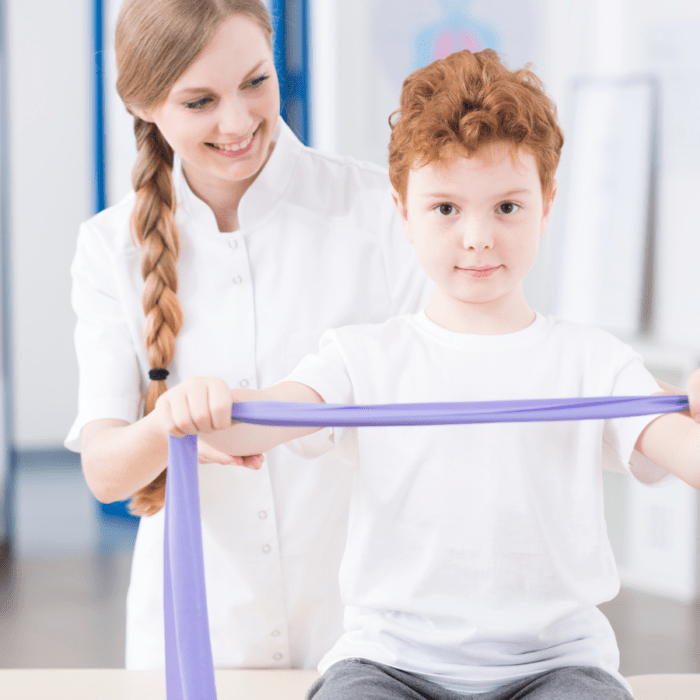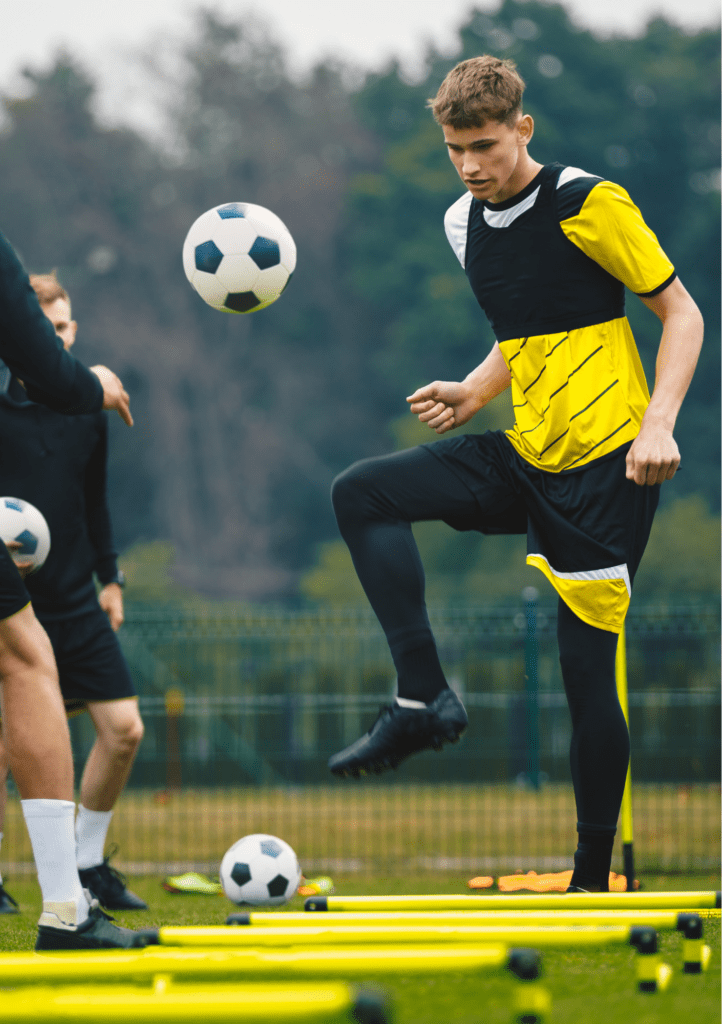Physiotherapy for Children?
Seeing our children struggle with injuries, pain, stiffness, or tightness, whether they are the consequence of a medical condition, an accident, or a sports injury, can be heart-breaking for parents. Fortunately, children can manage these problems and recover quicker with the help of physiotherapy.
Physiotherapy is a type of healthcare that attempts to aid in injury recovery, pain management, and physical function enhancement. It assists people in achieving their physical goals, using a variety of techniques, including hands-on treatment, manual therapy, exercises, and education.
In this article, we’ll examine the various advantages of physiotherapy for children who have aches, pains, stiffness, or tightness and how it can help them achieve a better quality of life.

1. Pain management
Children who have suffered injuries, or similar physical issues may experience extreme discomfort that affects their everyday lives and quality of life. Manual therapy, massage, and exercise prescription are a few of the methods that physiotherapy utilises to help manage pain.
In order to help children’s coping mechanisms of pain, physiotherapists can also teach them relaxation exercises and breathing techniques. Furthermore, home management strategies such as stretching and muscular self-release can be taught. Children can engage in physical activities, go to school, and live healthier lives if their pain is well managed!
2. Increased flexibility and mobility
Children may suffer stiffness or tightness in their muscles and joints as a result of injuries, bad habits or medical disorders, which may restrict their ability to move freely. With stretching and strengthening of the troubled areas, physiotherapy can aid in increasing their mobility and flexibility.
Children’s exercise routines can be individually created by physiotherapists to assist them reach their physical objectives. This will be tailored to them as individual – what are their hobbies and activities and what’s important to them?
3. Reduced risk of further injuries
Children can benefit from physiotherapy to recover from injuries and lower their chance of getting hurt again. Children can learn exercises from physiotherapists that will help them maintain their strength and flexibility (as touched on above), which then in turn, can decrease their chance of suffering future injuries. With physio led education, families and their children can learn what positions and patterns of movements aren’t ideal and how best to avoid them.
They can also offer advice on how to participate in sports and physical activity safely, lowering the chance of further accidents. Future injuries can be prevented, allowing kids to live healthier, more active lives.
4. Better posture and gait
Children who have poor posture, gait and balance are more likely to fall and get injuries. Their posture and balance can be improved easily with physiotherapy. Biomechanical and gait analysis can be done to make sure they are growing and moving as they should be/
In assessment, any postural issues or dysfunctions will be noted and can be addressed also; as this is an increasing issue for the younger generation. More sitting and more use of technology as a whole, leads to some anatomy compensations. This links to common mobility and flexibility issues.
Children can learn posture and gait exercises and techniques from physiotherapists, which can enhance their physical function and self-confidence. It also is a big factor in reducing injuries when they are older – like mentioned above! Addressing a bad habit now can save lots of pain and reduced activity down the line.
5. A happier and healthier mental state
Children’s mental health and mood can suffer as a result of persistent pain or injuries. Children who receive physiotherapy may experience improvements in their mood and mental health. Children may feel more capable as a result of improved physical function, which can enhance their self-esteem and general mental health.
Conclusion
It’s important to understand that physiotherapy does not provide a one size fits all solution for pain and discomfort: different treatment/advice will be needed for different cases. The treatment strategy will be determined by the needs and particular condition of the child. A customised treatment plan will be created by the physiotherapist in collaboration with the children’s family, to address the underlying causes of pain and discomfort and assist the child in achieving the best possible outcome. We treat everyone as an individual, as no child is the same, therefore you will receive carefully assessed and tailored care for your child. We will not only help them now – but also improve their physical future!
Overall, physiotherapy can be a very effective way to help kids feel less pain and suffering. Children can live more comfortable and satisfying lives with the assistance of physiotherapists by addressing the underlying problems and offering individualised treatment.
Consider speaking with a physiotherapist if your child is in pain or has physical restrictions to learn more about how physiotherapy can help- it’s not just for adults!

Although the precise cause of migraines is unknown, it is believed that they are a temporary side effect of irregular brain activity that affects the brain’s blood vessels, chemicals, and nerve signals.
However, we definitely know a lot of the triggers, such as; stress, dehydration, bad posture, insufficient sleep, tension in the neck and shoulders, hormonal changes and some particular foods.
Through several methods physio can reduce symptoms and, in some cases, even fix the cause. We can correct soft tissue or structural issues (tightness, strength, posture) or give advice regarding physical triggers such as diet, lifestyle changes, sleep and more. Everyone’s different so get in touch to see what might work for you!
Manual and hands on treatment – inc trigger point release, myofascial release and joint manipulation. Also exercise prescription and posture assessment and correction. Further modalities such as acupuncture we can offer as well.
Yes, posture can be a large contributing factor – especially with modern demands on the body. Poor posture can cause weakness and tightness which leads to muscular issues known to lead to trigger points and mechanical headaches/migraines.
Yes, the muscular symptom is so complex and something as simple as a tight muscle can cause changes in blood flow and nerve sensitivity in the head and neck, which can trigger a migraine or headache attack.

